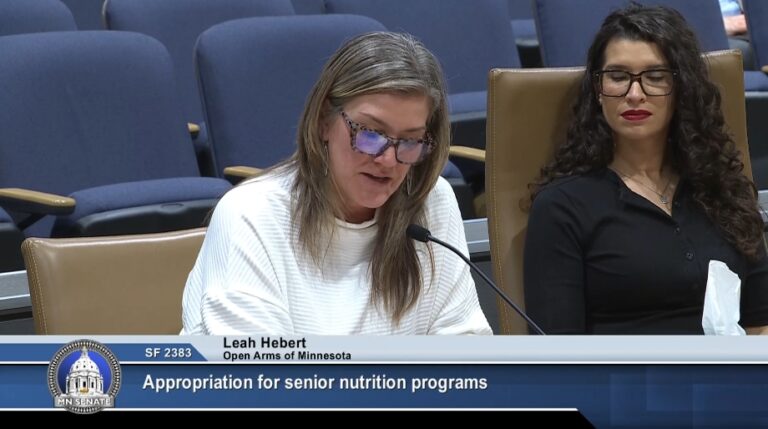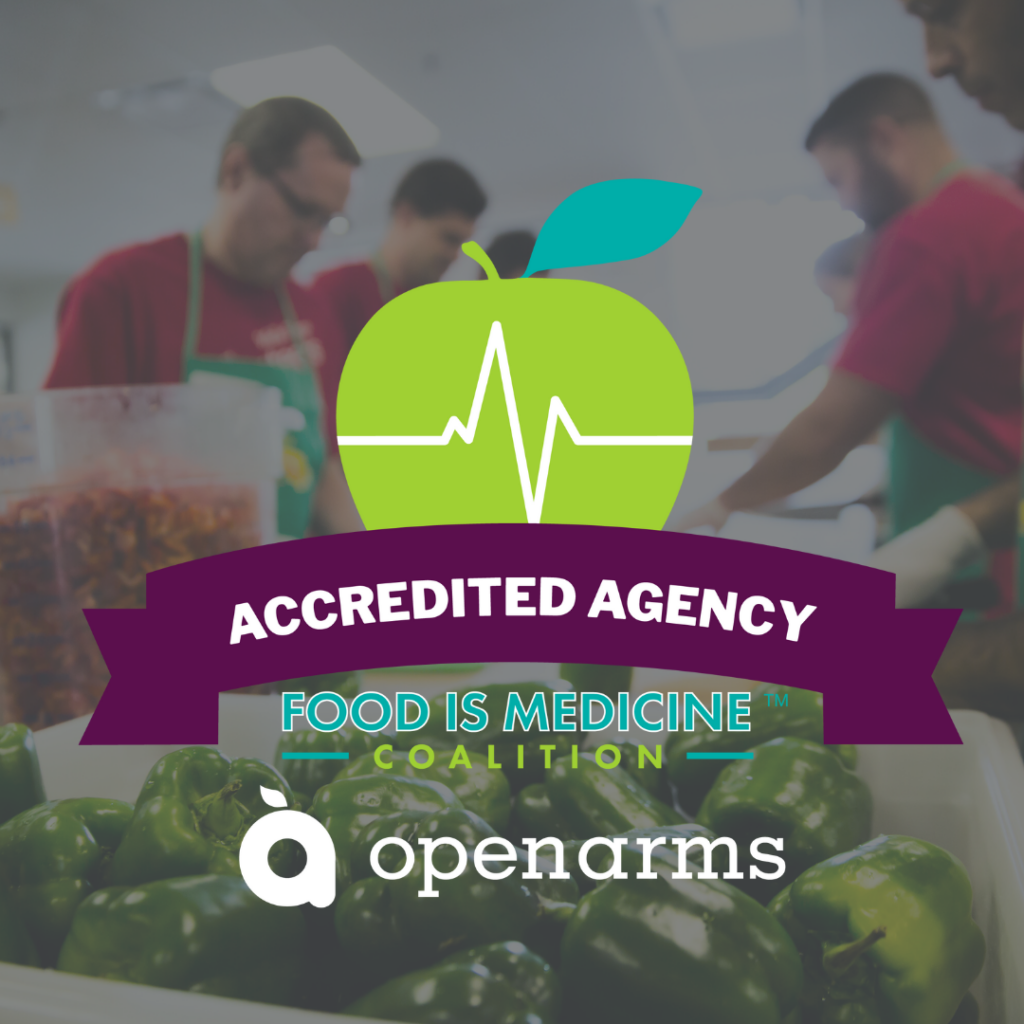After pouring over the supermarket ads in the Sunday paper, Paula and I decided to stick to the shopping list and make a few vegetarian substitutions. Armed with detailed lists and coupons, we shopped at five different stores: ALDI, Rainbow, Cub, Dollar Tree, and United Noodles (they sell tofu for .99/pound). This took well over two hours. But, we came in a little under budget and were able to splurge on some fresh spinach and squash from the farmer’s market for $2.50. That makes six vendors.
I do most of the food shopping and cooking in our house, and I make everything from scratch (including soup stock). This is labor and time intensive, but our meals are super tasty, relatively inexpensive, and highly nutritious. I was amazed to see how many foods on our SNAP grocery list contain high fructose corn syrup. I expected to find this in the tinned fruit, but not in the bread, pasta sauce, raisin bran, tomato soup, and vegetable broth! I have trouble pronouncing some of the other added ingredients. What are they and where do they come from? Why so many additives?
Over the past few years, documentary films like Super Size Me, King Corn, and Food, Inc., have turned a critical eye on American agribusiness and the corporate food industry. These giant companies turn a profit by cheapening the nutritional value of food and selling it inexpensively. High fructose corn syrup and sodium are a major part of this process, from Big Macs to vegetable broth. It’s one thing to eat these foods on occasion as a choice, but for folks using the SNAP card, this is the only option. Is it any wonder that diet-related illnesses like obesity, hypertension, and diabetes are epidemics, especially among poorer people? What are the long-range “costs” of eating this way?
Giant food companies are far more interested in marketing their products than in educating consumers about nutritional content. These companies’ methods of advertising and packaging have mastered the art of seduction, and have even contributed to widespread confusion about fat, cholesterol, trans-fats, and calories (not to mention the long list of additives). Indeed, knowledge is power, but when your stomach is growling, how much time and energy do you really have to learn the facts about food content and detect nutritional scams posing as bargains?
I notice a great deal of outrage and judgment directed at people who use food stamps and are “subsidized” by our government. I do not notice the same criticism of government subsidies of agribusiness and the corporate food industry. Surely, these hidden subsidies deserve critical attention and should comprise part of the larger set of arguments around poverty and food justice.
When it comes to food, is there no moral imperative to produce healthy, desirable foods that SNAP card users can afford? Must quality food always cost more? How inexpensive is cheap food?








